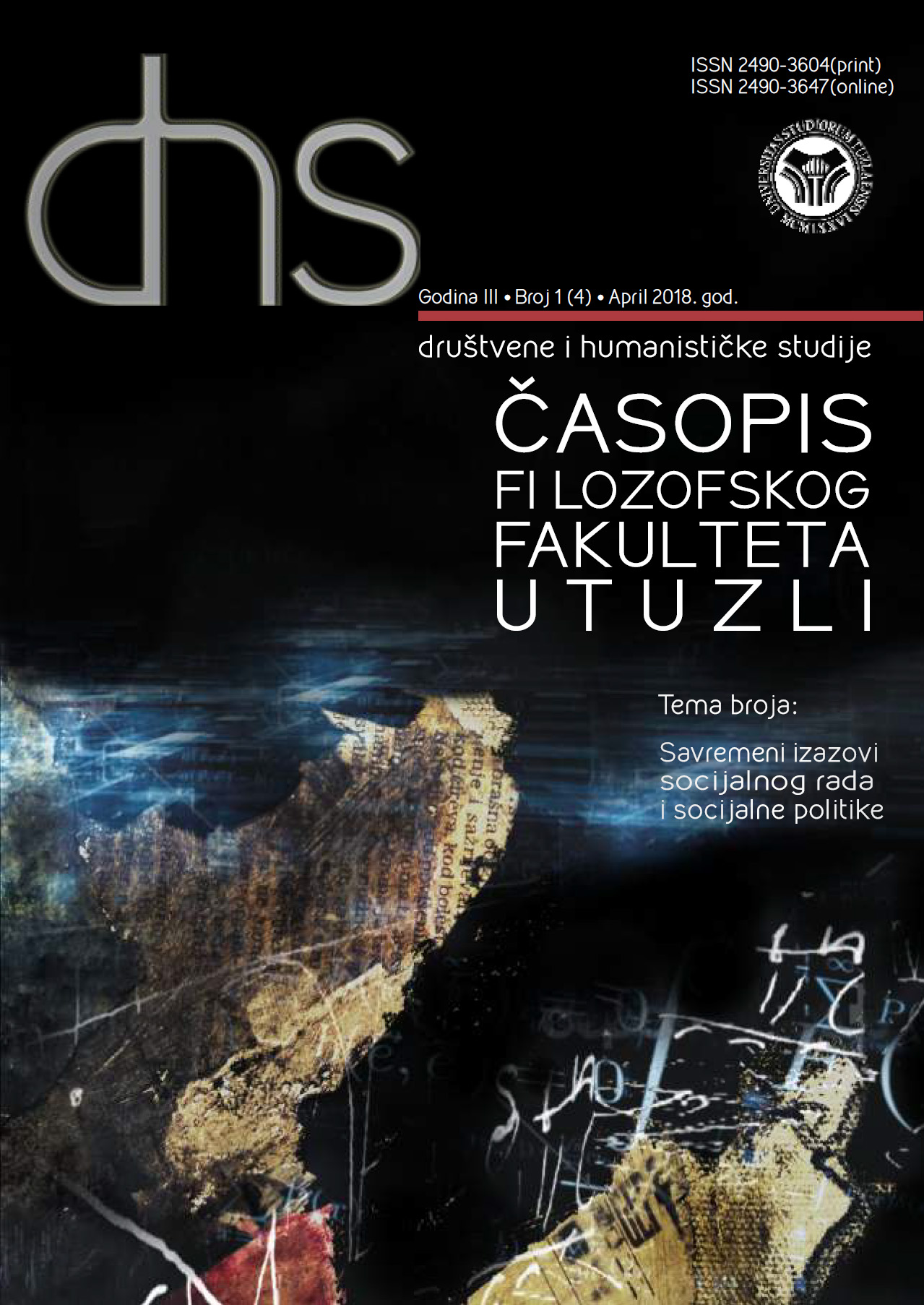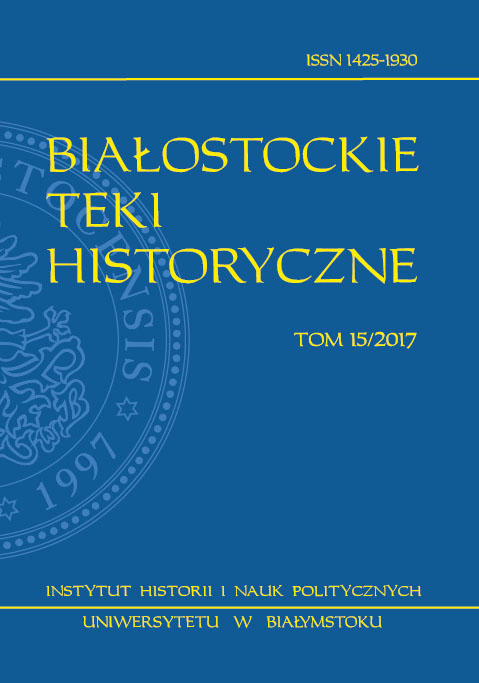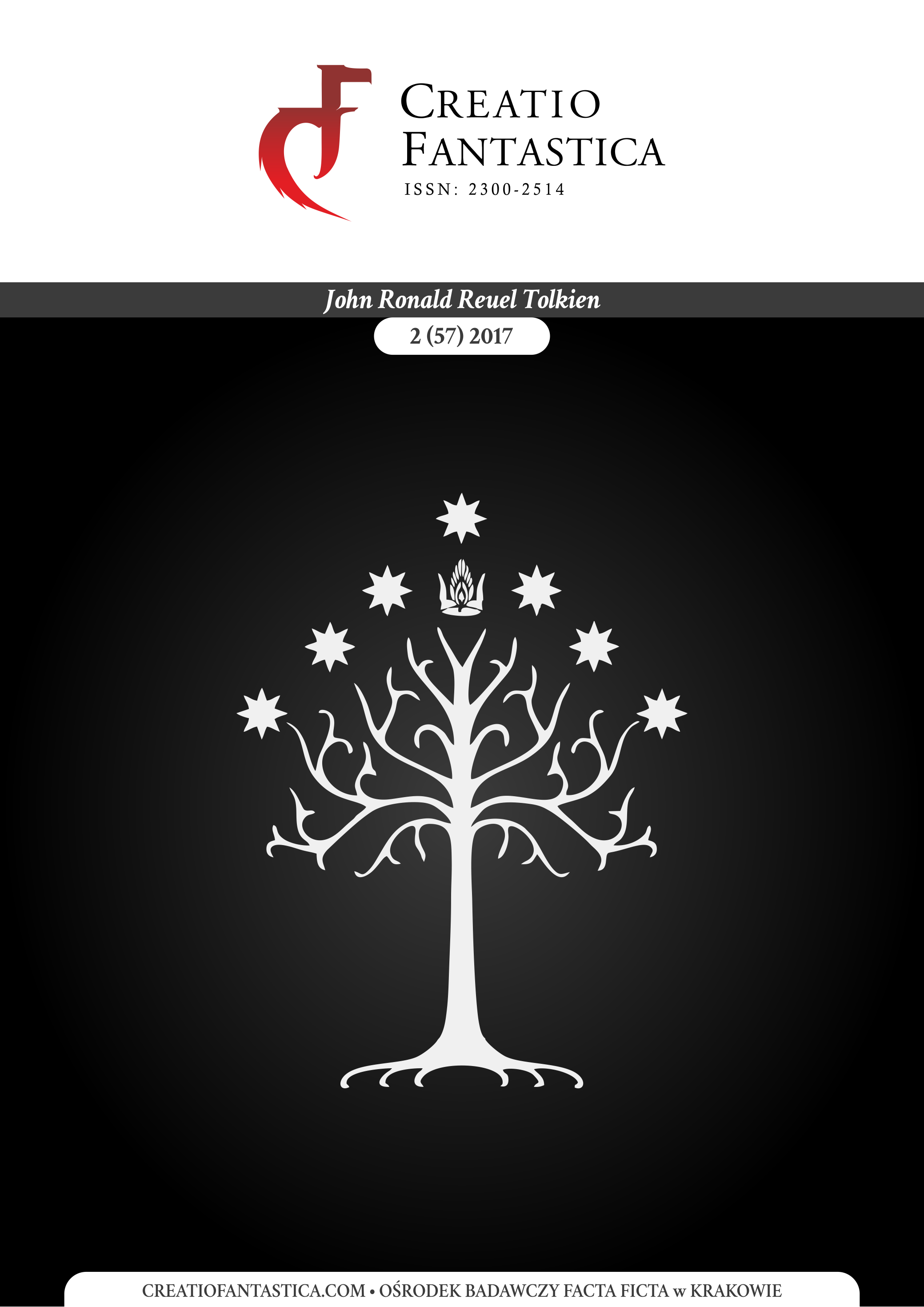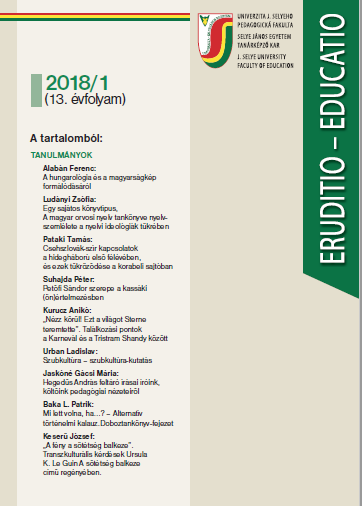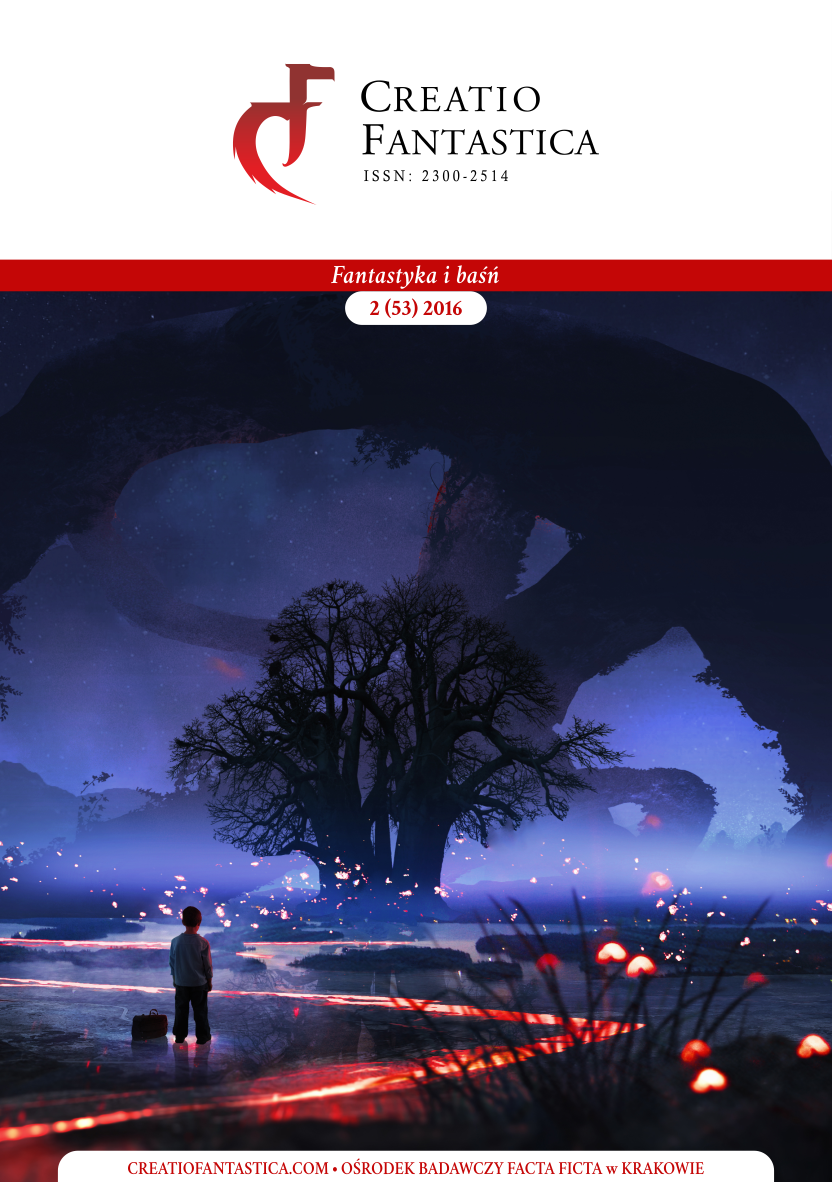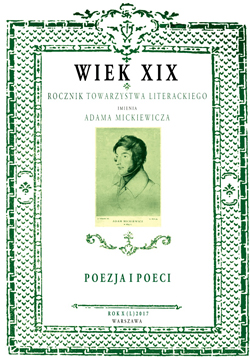Современное состояние русинского литературного языка в Словакии
The Rusyn language was, in Slovakia, codified in 1995. Its form was based on the two most widely spread Rusyn dialects in Slovakia: Eastern-Zemplin and Western-Zemplin dialects. Considering the above fact, Rusyn is a considerably young Slavonic language. Its history, though, goes back hundreds of years and is known for many fights for the form of the standard language for Rusyns living not only in present-day Slovakia, but also in the region of the whole historic Carpathian Rus. The issue of the standard language for this ethnic group has always been connected with dealing with ethnic identification of Rusyns (whether they belong to (great-)Russian, Ukrainian, or are a Slavonic nationality on their own), which could only be solved after 1989, in the conditions of a pluralistic society. That is why codification of the language of Rusyns at the end of the 20th century was a natural consequence of a free solution to the ethnic-identification dilemma. It also became a fundamental condition for establishing the standard language in particular spheres (journalistic, confessional, theatrical, literary – partly functioning prior to this event), where, until 1995, various dialects had been used without unified rules. The codification was, at the same time, taken as the basis for including the spheres of education and social (official) matters, which especially needed a standard language.
More...
